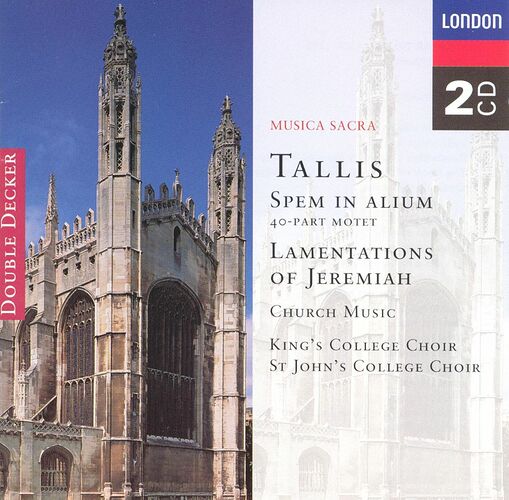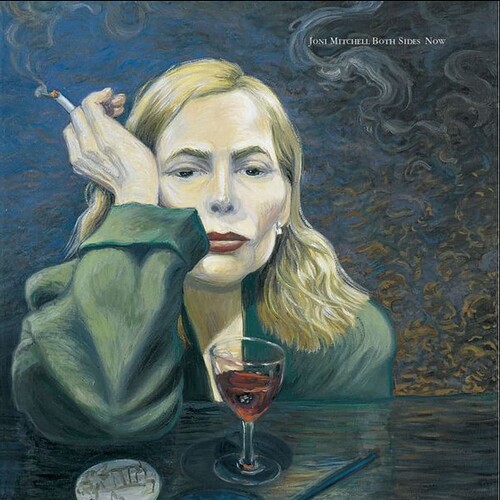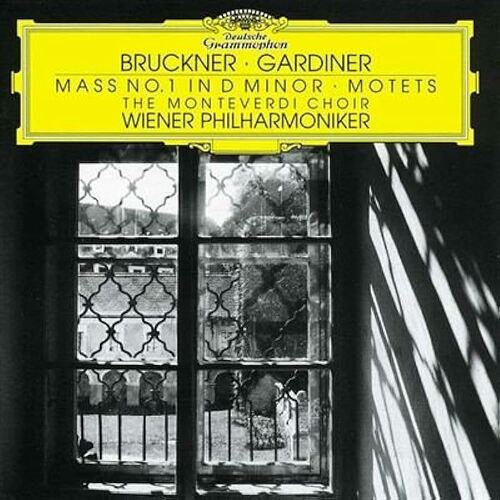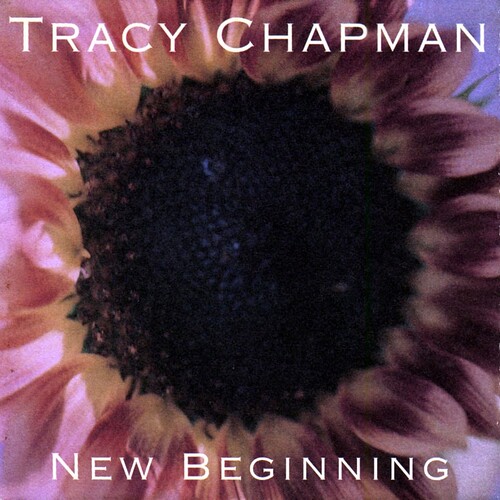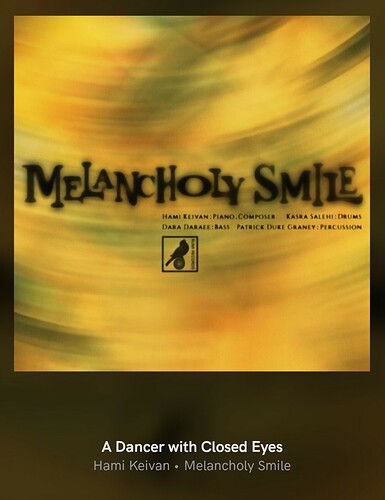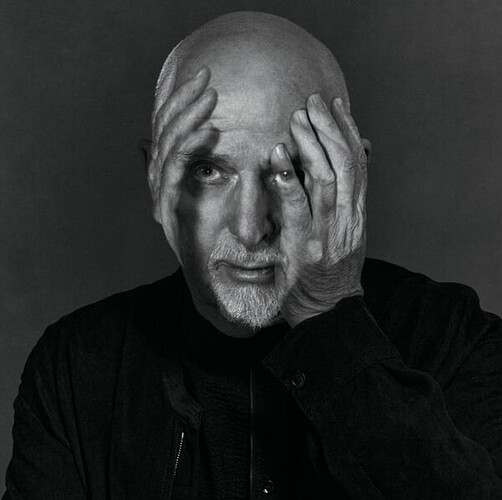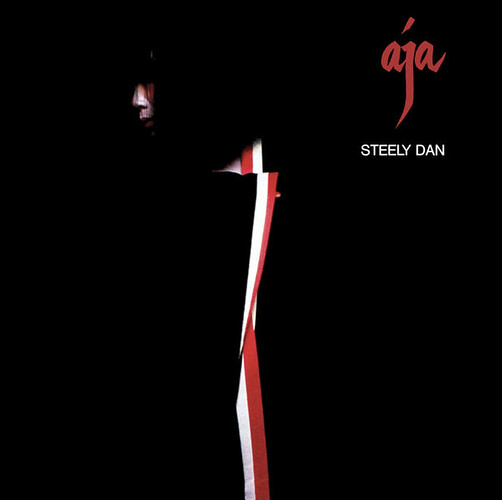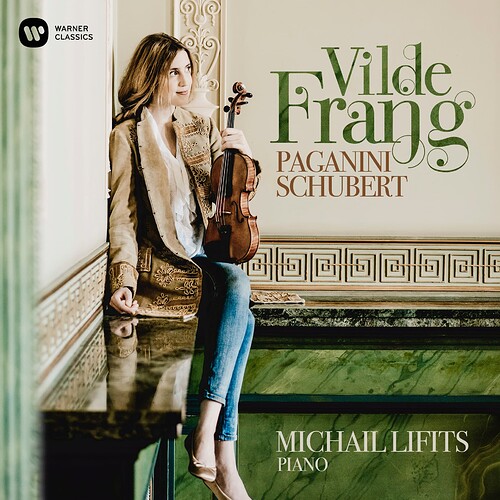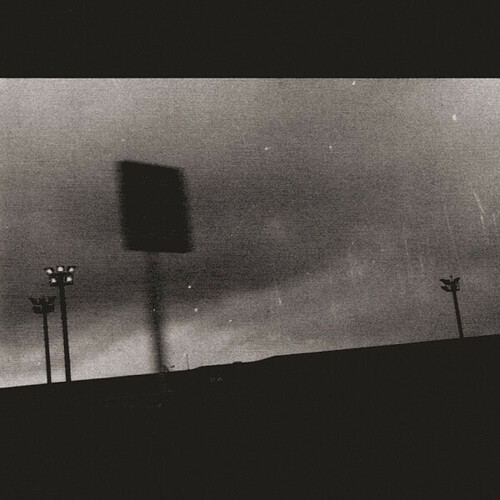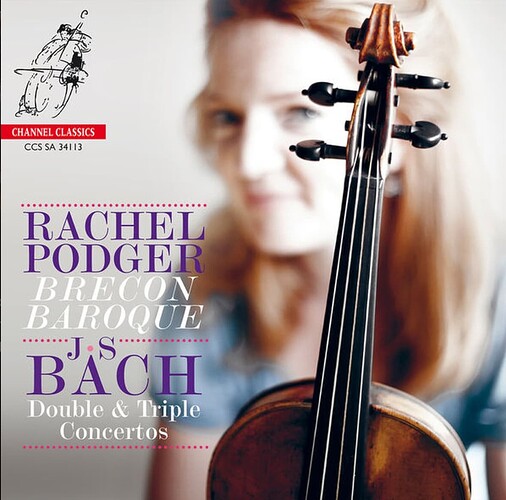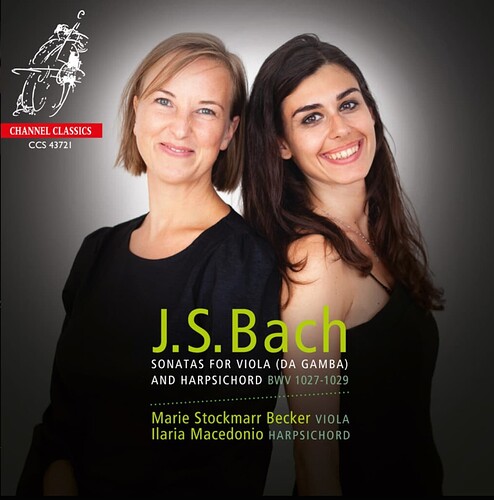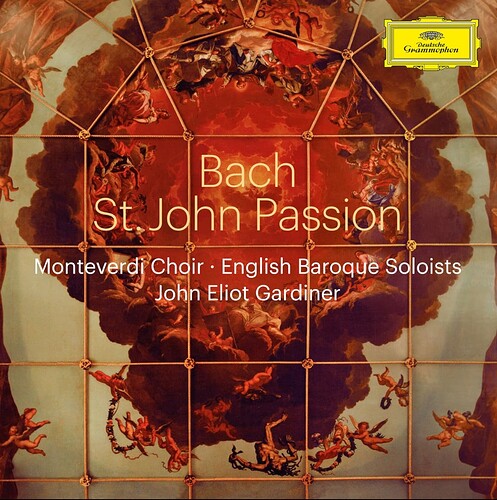King’s College Choir, St John’s College Choir “Tallis: Spem in Alium; Lamentations of Jeremiah” 1997, Qobuz 16/44.1
The Matthew is far more frequently performed here as well. While the Matthew is an absolutely majestic work, one of my absolute favourites, I feel the John is somewhat unfairly neglected. It is also a hauntingly beautiful piece, but completely different in its orchestration. It strikes me as simpler, more direct and more, well, “passionate” so absolutely justifies its place as an alternative rather than inferior version IMO.
I seem to have hit my “Easter music” stride early this year!
Last weekend there was an article on the John in a Dutch newspaper:
Listen to it!
Classic: crash course in St. John’s Passion
Bach’s St. John Passion has been around for 300 years. This masterpiece about the suffering of Jesus is older and less known than St. Matthew. Is the John a kind of draft version? Certainly not.
It is April 7, 1724 and Johann Sebastian Bach, 39 years old, has had another sleepless night. His baby Gottfried Heinrich, the first son he had with his new wife Anna Magdalena, keeps him awake. These are turbulent times: his first love, Maria Barbara, died almost four years earlier, and a year ago they moved from quiet Köthen to Leipzig. In that city Bach was put in charge of the music of the most important churches. The conservative city council would have preferred another candidate: Bach was the third choice.
But he delivers. For every Sunday he writes a cantata, a reflective piece of music for singers and instrumentalists that responds to the Bible text that is being read. He works harder than ever.
It will only really be tested on April 7. For his first Good Friday, on which the death of Jesus Christ is commemorated, Bach wants to come up with something extra special. He put the St John Passion on paper in less than three months. At the last minute, the location of the premiere changes from the Thomas Church to the Nicolaï Church, where the faithful are treated to a musical and rhetorical masterpiece.
So this piece has been around for 300 years. Party! Fortunately, there are quite a few performances and a lot of recordings. Yet this masterpiece is overshadowed by its younger but greater brother: the St. Matthew Passion. However, the Johannes is not inferior at all. A crash course.
What exactly is a passion?
The word passion has nothing to do with Easter (when the resurrection is celebrated), but comes from the word passio: suffering. The suffering and death of Christ (for our sins) is central.Why do we add the names Johannes or Matthäus before the German word ‘Passion’? The New Testament of the Bible has four Gospels. A gospel (literally ‘good news’) tells the good news about Jesus: the grace and redemption made possible by his life and death. In fact, you basically get the same story, but told by four authors from different perspectives, in different writing styles. Those four evangelists are called Matthew, Mark, Luke and John. In the John Passion we hear how, according to this John, things should have ended with Jesus (and, spoiler, they did not end).
How is the piece constructed?
The John is not only a passion, it is also an oratorio. In terms of form, an oratorio is very similar to an opera: a story is told, but there is no acting and no sets. The choir usually plays a major role.For the story, the ‘action’, Bach mainly used the literal Bible text of chapters 18 and 19 from the Gospel of John. You hear this in so-called recitatives, in which people sing as if they are speaking. The narrator, the evangelist, is a tenor (high male voice): you could call him John. Various characters also speak. The most important is of course Jesus, whose part is performed by a man with a bass voice.
Just like in the opera, there are arias, reflective pieces by soloists on Christian poetry - the drama is then stopped for a moment, as it were. The choir takes on multiple roles: it can be heard in the strict opening and grandiose closing choirs. It can be heard as the angry people who want to see Jesus crucified.
And it sings the corals. These are Lutheran church songs that everyone present in the Nicolai Church in Leipzig must have known. These are the anchor points in the piece with which he involves the believer. Bach always chooses a verse from such a chorale that fits exactly with the action. The chorale melodies that you hear in the soprano parts (the highest voices in the choir) are therefore not by Bach himself; in fact, they were sometimes centuries old. Those melodies are earworms, it is not without reason that they have lasted so long. But it is Bach’s harmonizations (the other parts he added) that make you want to listen to them again and again.
How does John differ from the St. Matthew Passion?
First of all, the St. Matthew, first performed in 1727 or 1729, is a lot longer. A modern performance of St. Matthew now takes easily 160 minutes, for St. John you often need just over 100 minutes. The design, with all its symmetry, of the younger brother shows even more ambition. The Johannes, on the other hand, is a more compact court drama with more pace and terrifying choral scenes.In the chorales of St. Matthew the word ‘I’ occurs quite often: it makes a greater appeal to the emotional involvement of the listener. The chorales in John are more focused on Jesus.
While Bach opts for coherence in his chorale settings in the St. Matthew, in the chorales of the St. John he showcases his musical versatility.
While St. Matthew begins with a questioning introduction (what is going to happen here?), the opening choir of St. John is more of an all-consuming musical whirlpool in which everything moves. Except for the basses: stable as ever - like God, the foundation of everything and everyone.
Bach is much praised for the way he was able to write polyphonic music, in which parts together form a beautiful whole, but in which they also sparkle individually. Even more important for Bach’s style is the close relationship between his music and the text. And if that text of John’s Gospel is so different from that of Matthew, it is logical that you get a rather different piece.
The Gospel of John is the most different of the four. It provides less of an overview of Jesus’ life than the other three. John, the youngest evangelist, wrote a more matter-of-fact argument that Jesus was the son of God, and cited miracles that confirmed this. This makes him more of a detached action hero than in Matthew, where Jesus is more of a teacher.
If St. Matthew is performed so many times, isn’t that piece simply better?
Certainly not, they are different pieces with different qualities. The greater Dutch appreciation for the St. Matthew Passion - a visit in the run-up to Good Friday is for many just as much of an anchor in the year as Sinterklaas or Christmas - may also be due to the fact that we are simply much more exposed to it; There were approximately two hundred performances of St. Matthew in the Netherlands during this period. Because you even need two choirs for that piece, it lent itself to mass projects. For example, in the last century you could visit Matthäussen in the Amsterdam Concertgebouw with up to four hundred singers.The John is less suitable for such happenings. Although many singers enjoy singing the John more, if only because you don’t have to wait as long before you are ‘allowed’ as a chorister again.
There are also different versions of John, right?
Yes. A year after the first performance, Bach performed the Johannes again, with a few major changes. He came up with a more introspective opening chorus, O Mensch, bewein dein Sünde gross, based on a chorale melody. He also replaced a few arias. This gives the piece a completely different starting point than the strict Herr, unser Herrscher.During a subsequent revival he deleted that opening; Later versions would build on the original version and do not deviate that much. The 1725 version is therefore the special one and you hear it less often. It is funny that Bach still found a place for that new, but also removed, opening choir - in the St. Matthew Passion.
What are the highlights of John?
It contains indescribably beautiful corals, such as Durch dein Gefängnis, Gottes Sohn and Ach, Herr, lass dein lieb Engelein. In some arias Bach plays with timbre, for example by using instruments that were actually considered a bit dated, such as the viola d’amore (a kind of viola with extra resonating strings that were not strung) in Erwäge.A real highlight is the contrasting aria Es ist vollbracht, which is introduced by the viola da gamba, a string instrument with an antique, earthy timbre. Hear how the contralto performs in ‘der Held aus Juda siegt mit Kracht’. That must have been a little boy in Bach’s time, because women were not allowed to sing in church at that time. And who doesn’t get a lump in their throat when listening to Mein teurer Heiland, in which Bach interweaves a chorale into the aria?
We listen to it with 21st century ears. Most of the theological layers escape us. But what remains is overwhelming and beautiful enough. It is one of those pieces that when you hear it you think: this is the most, most beautiful thing ever made.
From: Volkskrant NL
That is a great article @Ermos. I very much agree with the author’s sentiments and the additional background was fascinating. Thanks!
Spring is here ( at least in this hemisphere) so here is the most optimistic music I can think of. Go straight to the final track on the album, Bright Blue Music. I am posting this also to point out that classical music is not just history music. This is only thirty odd years old.

Michael Torke, Color Music, Argo. CD rip 16/44.1
Of course it can be found on Qobuz.
https://i.imgur.com/pZ6r2KD.png
David Crosby: If I Could Only Remember My Name…
Rhino Atlantic - 50th Anniversary Edition; 2021 Remaster
24/96
Wiener Philharmoniker, Monteverdi Choir, Gardiner “Bruckner: Mass No. 1 in D Minor, Motets” 2001, Qobuz 16/44.1
English Baroque Soloists, Monteverdi Choir, Gardiner “Monteverdi: Vespro della Beata Vergine” 1986, Qobuz 16/44.1
J.S. Bach Double & Triple Concertos
Rachel Podger, Brecon Baroque
Channel Classics - 13th May 2013
24/192
J.S. Bach: Sonatas for Viola Da Gamba and Harpsichord
Marie Stockmarr Becker, Ilaria Macedonio
Channel Classics - 5th February 2021
24/352.8
